The Reality of Digital Marketing
In today’s fast-paced digital landscape, brands are pressured to stay ahead. Jeanne Teillac, previously the Marketing Manager for the French Rugby Union, believes that adaptation isn’t just an option; it’s a necessity. From her extensive journey through top digital agencies, she emphasizes a single brutal truth: if you’re not integrating AI, you’re falling behind in efficiency.
Addressing Resource Constraints
Jeanne faced significant hurdles upon joining the French Rugby Union—lack of structure, budget constraints, and a small team. Yet, against this backdrop, her team successfully executed a major organic content campaign for the Six Nations games, significantly enhancing audience engagement.
“How did they do it?” you might ask. The answer lies in strategic automation and AI integration rather than frantic hiring. Jeanne’s team transformed their limited resources into a game-changing marketing strategy.
The Management Approach
Jeanne practices a focused split in her work: 80% management and strategy, 20% operational tasks. This partition allows her to elevate strategic thinking while enabling her team to shine in execution.
"We create master templates,” Jeanne shares, explaining their efficient workflow, "and then we let AI handle the variations.” They produced content efficiently while ensuring it remained compelling and on-brand.
The ROI That Justifies Investment
When seeking budget approval for new tools, Jeanne pivots the conversation towards numbers rather than generalities.
“This tool costs $10,000 per year, but it saves us two hours a day across three team members,” she elaborates. By calculating time savings multiplied by employee salaries, she paints a clear picture of ROI. Her formula is straightforward:
- Calculate time savings × employee salaries = immediate cost reduction
- Track incremental followers and leads = future revenue growth
Jeanne advocates presenting tools as investments with defined short, medium, and long-term returns.
Human-Centric Creativity in the Age of AI
A key differentiator for successful teams is not just technology but the intentional positioning of human creativity at the forefront.
“As creative individuals, most of us don't want to be told precisely what to do by AI,” Jeanne reflects. Creative ideation remains human-centric while AI serves as a catalyst. This balance ensures that creativity is amplified, not diminished.
Overcoming Imposter Syndrome
Many professionals, especially mid-level managers, grapple with fear as they integrate AI into their workflow. Jeanne argues that the challenge isn’t the technology but the psychological barriers it presents. Her advice is blunt: “You’re at the beginning of a pivotal change. Embrace AI as a tool to facilitate your growth, not a replacement for your creativity.”
The shift may feel reminiscent of when the internet proliferated, or when Facebook advertising began—initial hesitance gave way to acceptance.
A Roadmap for AI Adoption
For marketing leaders, the reality is that businesses leveraging AI are outpacing competitors relying solely on human labor. Jeanne outlines actionable steps:
- Start exploring AI tools today to stay relevant tomorrow
- Master the synergy between human creativity and AI efficiency
- Develop ROI cases that appeal to financial stakeholders
- Champion AI as a means of empowerment
The Bottom Line
Jeanne's message is clear: "Adapt or die" is not just a catchphrase; it’s a strategic reality in today’s digital marketing landscape.
By thoughtfully integrating AI while honoring human creativity, brands position themselves for unprecedented success. Those resisting this evolution risk falling behind against competitors ready to harness AI's significant advantages.
So, what’s your strategy for adopting AI? The clock is ticking, and the marketing future is here.








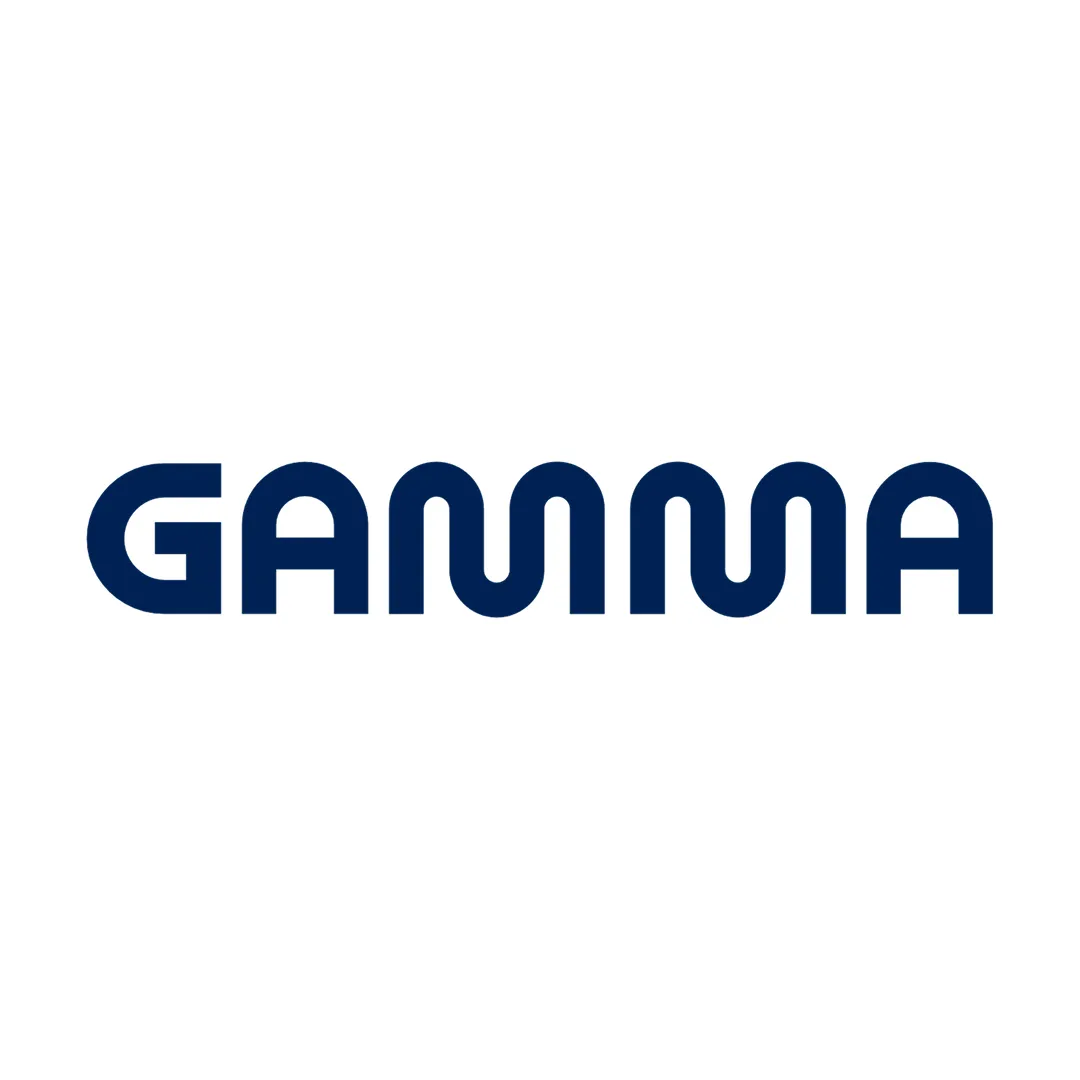
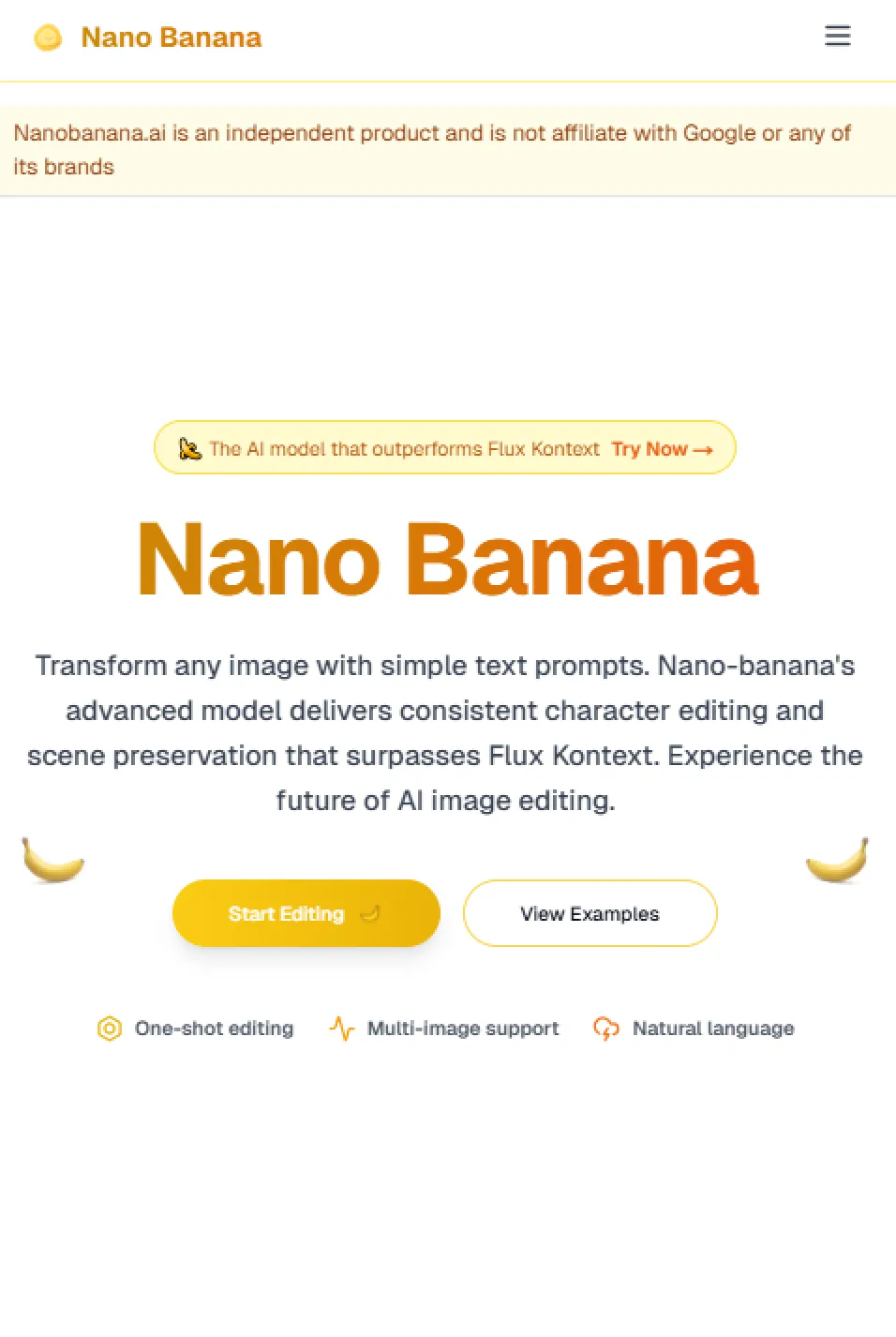




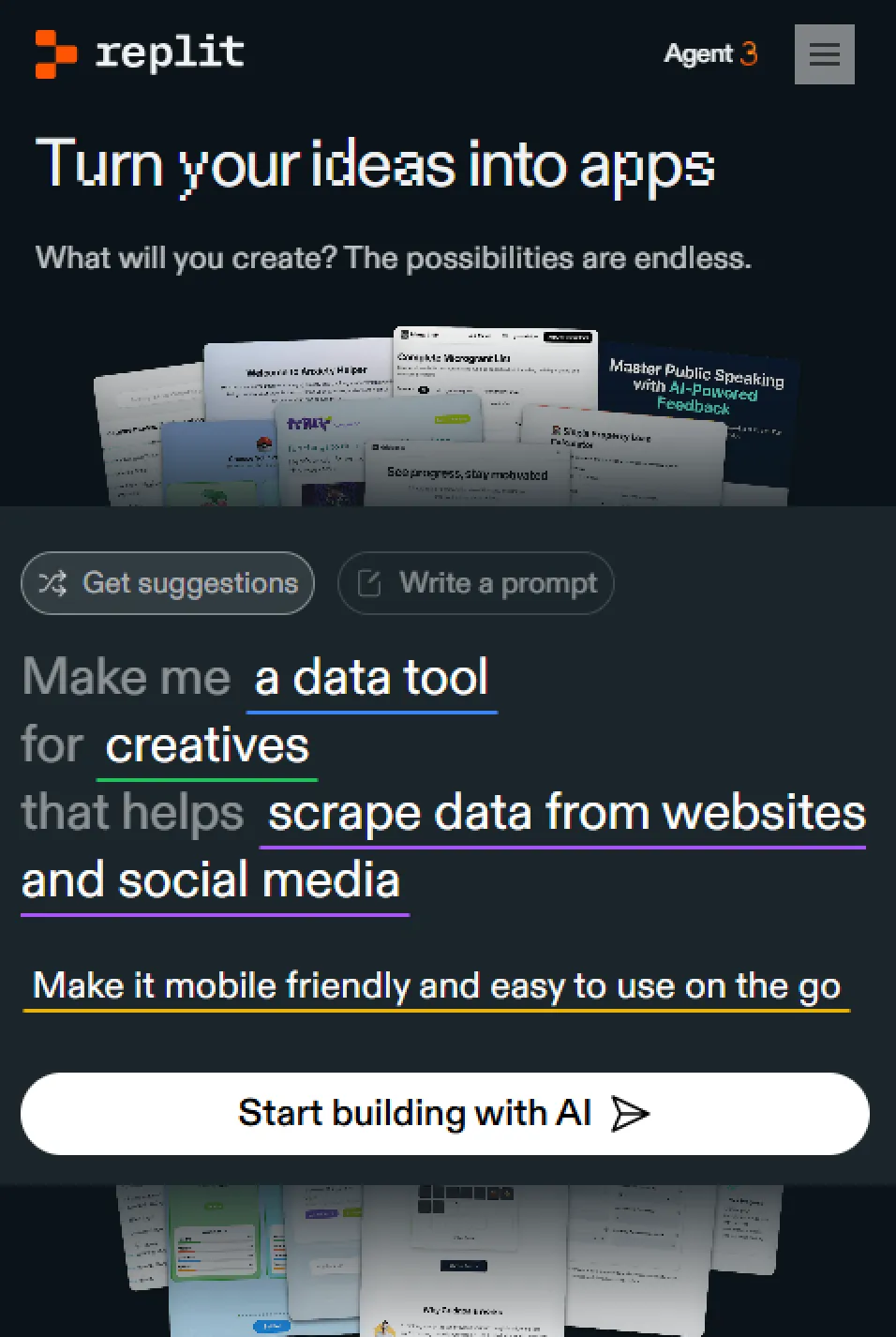
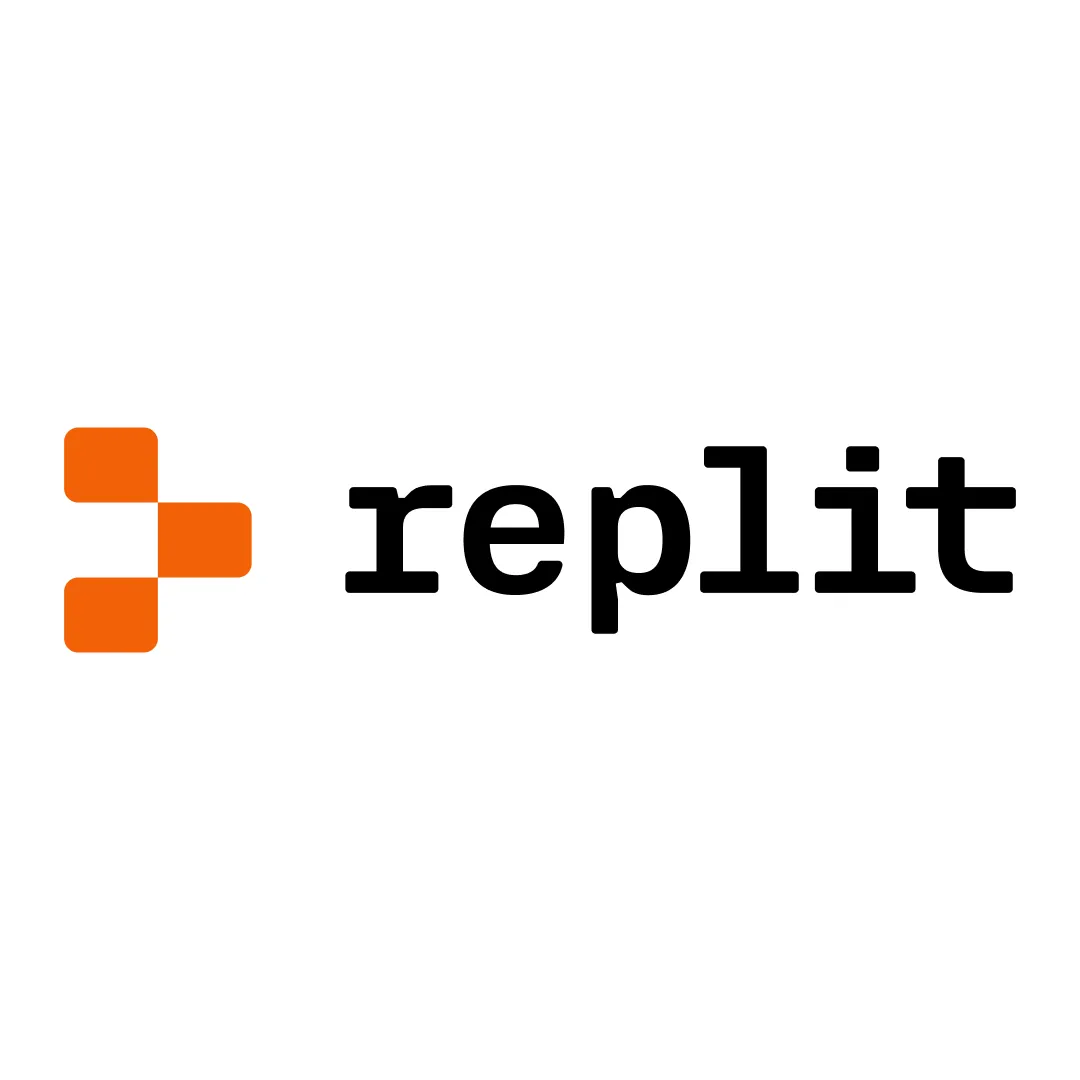
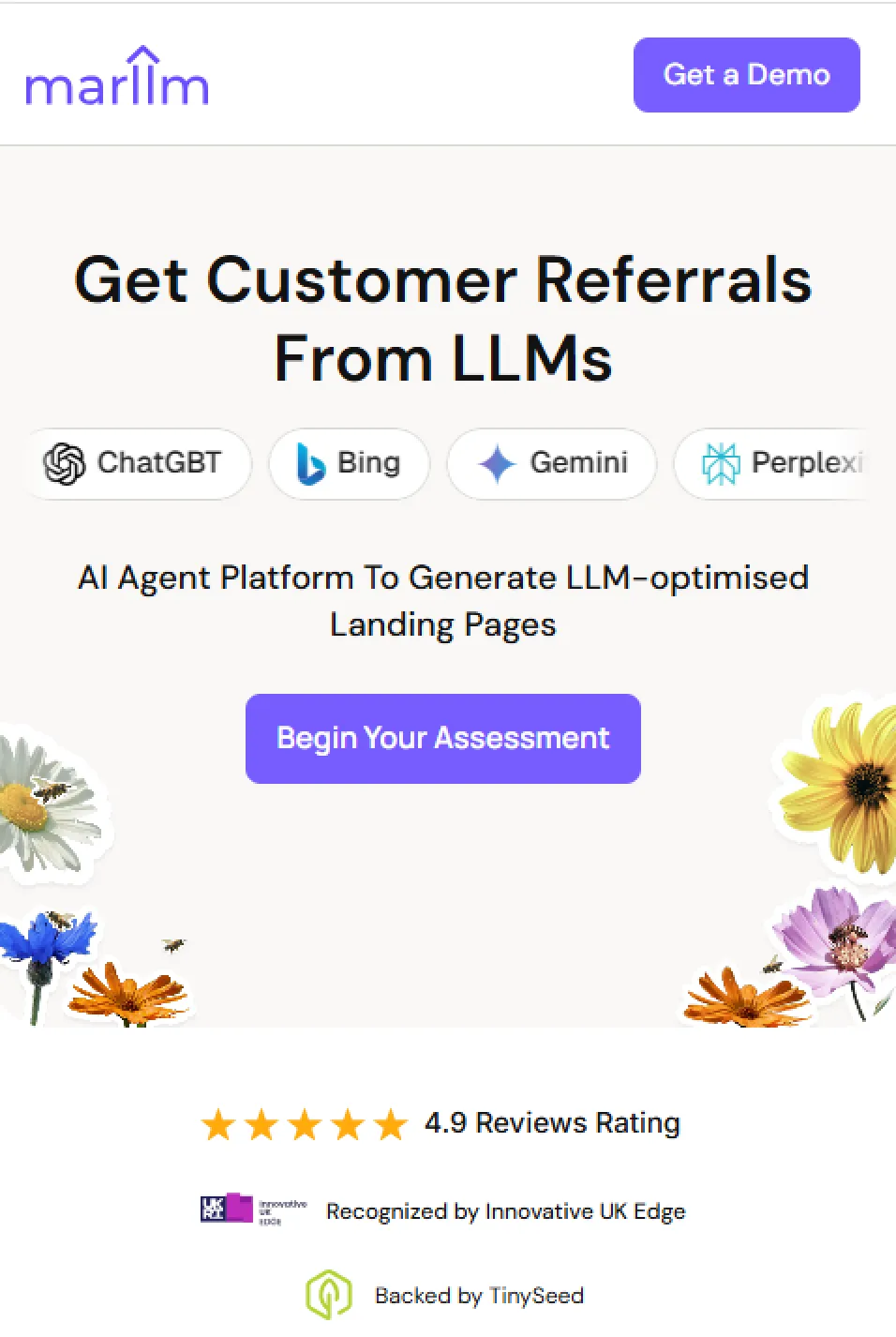



.png)


/27.png)






